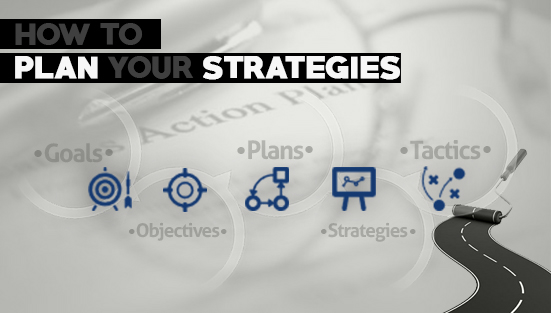Wayfinding is the use of space and design to direct people to a destination. Whether implemented for a commercial building, a hospital, a shopping center, a college campus, or sports arena, visitors need a well-designed wayfinding program to lead their way.
A successful wayfinding approach is to fulfill a user's wayfinding needs by using accessible information in the environment. It is concentrated on making location and space information effectively navigable. That is, providing users with a way to find a path from their starting point to a destination.
Traditional wayfinding solutions allow the user to create an invisible path in their mind, a sense of direction derived from static signage and arrows placed throughout the facility. The new approach to wayfinding is to use a more practical, digital solution, that of an illustrated path which quickly and subconsciously eliminates doubt for the user.
The wayfinding digital signage approach enables the inclusion of additional information such as text copy, media, and schedule information which enhance a user's experience. Furthermore, when these digital features are coupled with a legacy wayfinding system or even a mobile wayfinding system, the most comprehensive wayfinding experience can be offered.
Common Sense Approach and Principles for Effective Touchscreen Digital Signage Wayfinding
1. Getting started
Planning a wayfinding strategy can be challenging especially if you are new to the concepts. Several factors and some stakeholders need to be considered and catered to. It is recommended to bring together all people involved in the wayfinding design, including focus groups when possible.
This is to prevent any conflicts of interest within the organization. For example, in a hotel wayfinding plan, the needs of the receptionists are to be considered, but also those of the housekeepers, security officers, and car service companies, etc.
2. Keep a fresh perspective
In beginning your research, consider involving a location visit, creating a detailed floor plan to include special nuances or landmarks, and hold a meeting with facility officers to gather a better sense of project scope. Primary and secondary destinations such as elevators, stairs, restrooms, etc. should be identified. It is also vital to analyze the flow of visitors, how they navigate through the facility and how they use existing directional signs.
3. Understand user's needs
Gather as much information and feedback as possible. Every organization has users with different views on a potential wayfinding system, and most tend to know the problems and challenges within the areas you are creating a solution for. It is a good idea to talk to them and invite them to the planning meeting. Those users tend to have valuable ideas that can be considered and explored.
4. Make the message fit the users
Short messages and visual systems make it easy for users to find their way. A consistent message should also be established. For instance, in the example of a hospital, visitors may need to locate the "X-Ray Department," but physicians refer to it as "Imaging." To prevent confusion amongst visitors, a single nomenclature or naming convention system can be appropriated after careful consideration.
Factors to be Considered in Wayfinding Design
Visibility.
Plan to install the wayfinding signage so that it is visible from all approachable directions. Facilitate a simple and clear creation. Avoid elements that can compromise the use of the sign. Consider the signage background, color, font size as well as where it should be mounted.
Lighting.
Consider where the signage needs to be placed. Will it be placed under direct sunlight, indoors with top-down or ambient lighting, or in dark environments? How will these lighting choices affect the materials chosen, specifically the glass of the screen?
Clarity.
It is important that the wayfinding signage is easy to understand and intuitive to use. Use simple words and menus that users can read and follow. A best case scenario is a system which requires no instruction to use, and when basic instructions are provided, they are clear and concise, often displaying iconography or short video loops.
Consistency.
Users expect to see signage in particular locations such as when they enter a building or step out from the elevator. Using a logical sequence, such as a numbering or coloring convention, is important as well.
Usability.
Ensure that signage is placed at decision locations such as T-Interactions or foyer entrances. An effective wayfinding system can assist the decision-making process as users approach an intersection.
Seamless.
Wayfinding planning can help users navigate through entry and exit points. For example, signage placed in car parks can guide users to building entrances, or bridge multiple buildings across a campus map.
Accessibility.
A wayfinding strategy should also consider users with disabilities, English as a second language, or the elderly. Some provisions within the interface can be made, such as adjustable button height, conservative wayfinding paths, or Multilanguage toggle ability.
Touchscreen Digital Signage Wayfinding Solutions
Interactive Wayfinding Digital Signage makes it easy for you to update department location or direction changes. This helps to keep visitors apprised of up to date information.
We offer our assistance in developing custom interactive directories and wayfinding solutions to enhance the visitor experience.
We work with your location planners, marketing experts, and project managers to create a touchscreen wayfinding digital signage solution that meets your needs for guiding visitors through a powerful, intuitive, and responsive experience. We understand that creating a wayfinding digital signage solution can be overwhelming to plan and undertake. Therefore we offer our expertise to help you get started and see through to completion.

